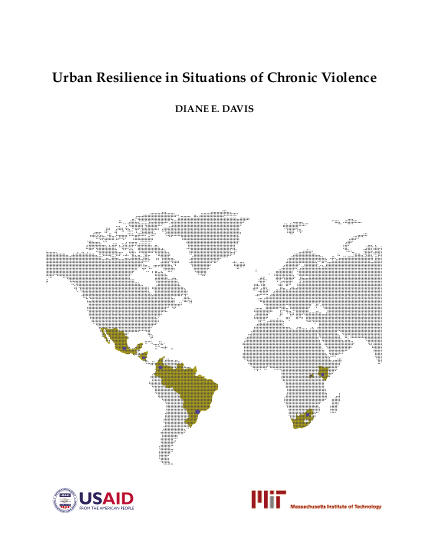
While the sources and forms of social and political violence have been extensively examined, the ways ordinary people along with their neighbors and officials cope with chronic urban violence have earned far less attention. This eight-case study of cities suffering from a history of violence explores this latter phenomenon, which we call resilience. We define resilience as those acts intended to restore or create effectively functioning community-level activities, institutions, and spaces in which the perpetrators of violence are marginalized and perhaps even eliminated. This report identifies the sets of conditions and practices that enhance an individual or a community’s capacity to act independently of armed actors. We specify the types of horizontal (e.g., intra-community, or neighborhood-to-neighborhood) and vertical (e.g., state-community) relationships that have been used to sustain this relative autonomy. Violence and responses to it are situated in physical space, and we look for the spatial correlates of resilience, seeking to determine whether and how physical conditions in a neighborhood will affect the nature, degrees, and likelihood of resilience.
Resource collections
- UN Habitat - Urban Response Collection
- Urban Response - Urban Crisis Preparedness and Risk Reduction
- Urban Response Collection - Community Engagement and Social Cohesion
- Urban Response Collection - Economic Recovery
- Urban Response Collection - Environment and Climate Change
- Urban Response Collection - Housing, Land and Property
- Urban Response Collection - Urban Crisis Response, Recovery and Reconstruction
- Urban Response Collection - Urban Resilience